OS, UI, and Apps
Running the software department for the OnePlus 2 is Oxygen OS version 2.0 which is based on Android 5.1.1 Lollipop. Everything is pretty much vanilla but with some added features:
- The Shelf: an extra homescreen panel situated at the left which curates frequent contacts and apps used.
- Ability to switch between on-screen and physical navigation buttons
- Gesture support: Double tap to wake, draw to open camera, flashlight, and control music playback
- Save up to five fingerprints
- Switch between light and dark mode and change color accents
- Change notification LED color
- App Permissions
- Waves MaxxAudio

Although the UI is almost stock, the unit we received for review came with a lot of preinstalled Chinese bloatwares that you cannot remove: the old stock Android browser (instead of Chrome), UC browser, Baidu browser, DU Battery Saver, DU Speed Booster, Magic Photo, DC Share, and WeQR. Overall, it just looks messy.

To solve this problem, we downloaded a stock ROM on version 2.0.1 and flashed it on the OnePlus 2. Now it’s all squeaky clean as we got rid of all those bloat, we have proper Google apps by default, and we’re enjoying the benefits of the updated firmware.

Our unit is the 64GB variant which is good in today’s standards. However, the system apps take a huge chunk at 10GB, leaving us with 54GB of usable storage. There’s no microSD card slot but there’s support for USB OTG.
Camera
The OnePlus 2 boasts a 13 megapixel camera with 1.3µm pixels, f/2.0 aperture, six-element lens, dual-LED flash and OIS. It also boasts a Laser AF which promises faster auto-focus times. True enough, the camera was able to lock on a subject at no more than 1 second in our estimate. To test the difference in performance, we covered the Laser AF and had it focus on the same subject. We noticed that it took longer at around 2 seconds. When it comes to low-light conditions, the OnePlus 2 suffers a lot in quality and is sluggish most of the time.

The camera uses Android’s stock camera app with some added features:
* Clear image – the camera takes multiple photos then stitches them together to produce a single super high-resolution image.
* HDR, Beauty, Panorama, Built-in timer, Time-lapse
* 4K, 1080p, 720p video recording
* Slow motion – 720p at 120fps
The 5 megapixel front camera on the other hand will suffice for selfies and video calls. It doesn’t offer a lot of extras aside from the Beauty feature and wide-angle view.
Image quality is good although sometimes colors appear less saturated when shooting outdoors – blues and greens are not as punchy as we want them to be. Shooting speed is also relatively slow as it takes about about 1 second in between shots and there’s no burst mode. We also noticed that the top part gets warm when shooting stills and videos reaching up to 42.2C from the usual 33-35C.
Take a look at the samples below:
[fancygallery id=”243″ album=”293″]
4K video recording sample:
Slow-motion video recording sample:
To sum this part, the OnePlus 2 is equipped with a good camera with fast AF and a few notable features, however, it doesn’t offer anything that will blow the competition away when it comes to quality. Not to mention the heating issue.









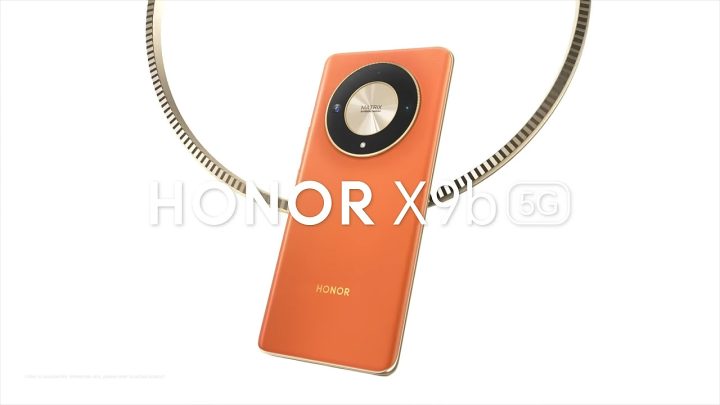
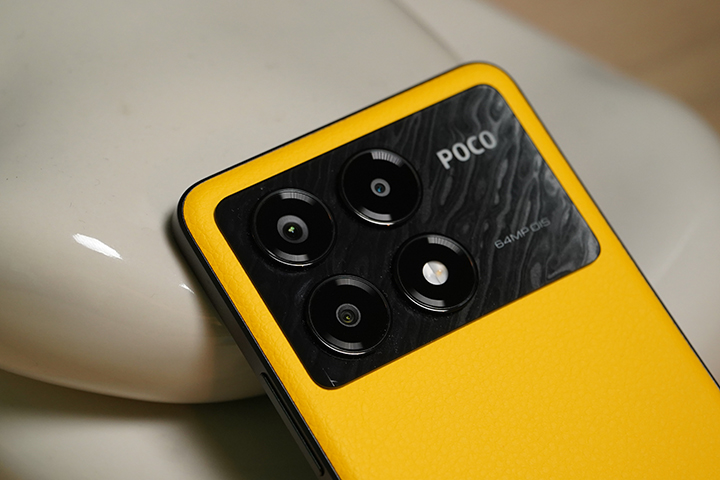



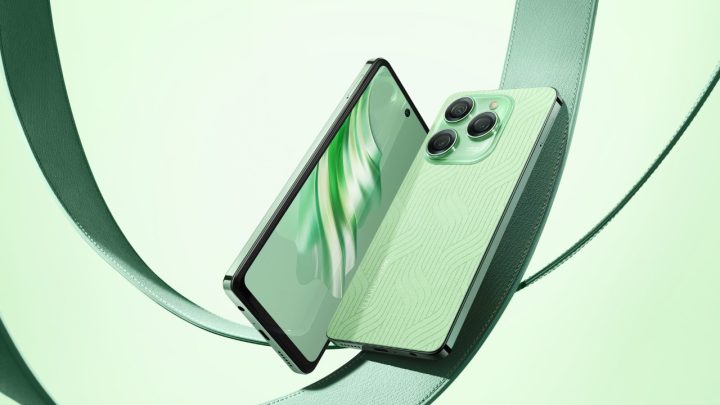
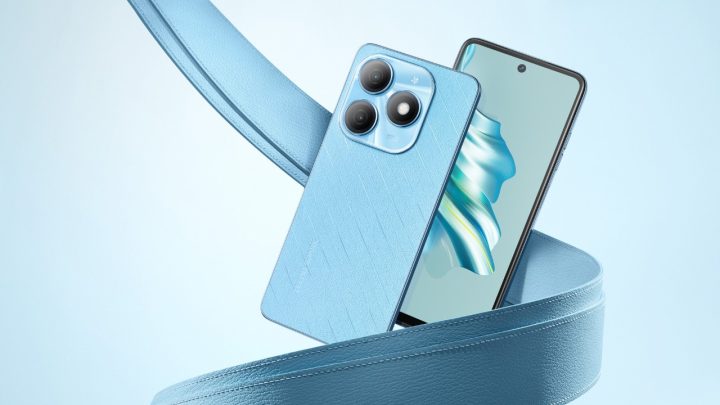

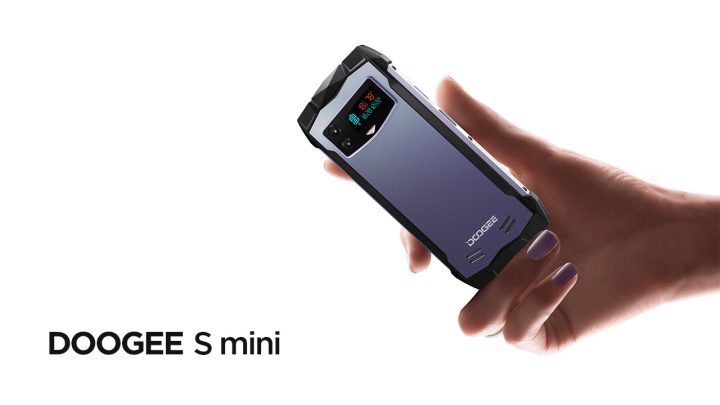













The real flagship killer is the Zen2
Pass. Mahal, konti na lang, flagship na. Yes, import kaya ganyan pricing, what else is new. But the fact is, the price is not affordable. Labanan na ngaun ng mid range.
Mas ok yung Obi Worldphone SF1 or mag Asus Zenfone 2 imho.
If I can’t get a flagship phone like iPhone. I rather go for Nokia 105 + a tablet for mobile gaming like Xiaomi Mi Pad (parang naka Nvidia Shield na din).
A hit and miss for the OnePlus 2. I still use my OnePlus One, and loved it due to CyanogenMod and the spces were at par with the Flagship before. Snapdragon 810 (Heating Issue they said, and semi-validated by your review) plus a bit pricier that its predecessor, I may pass on this one.